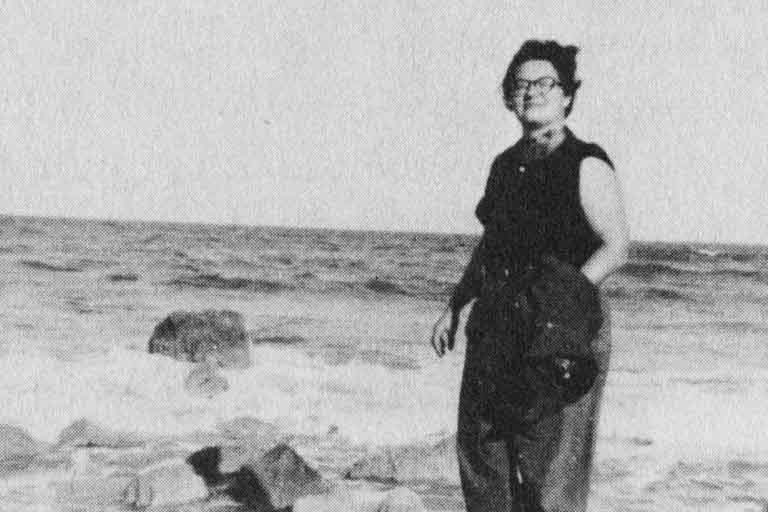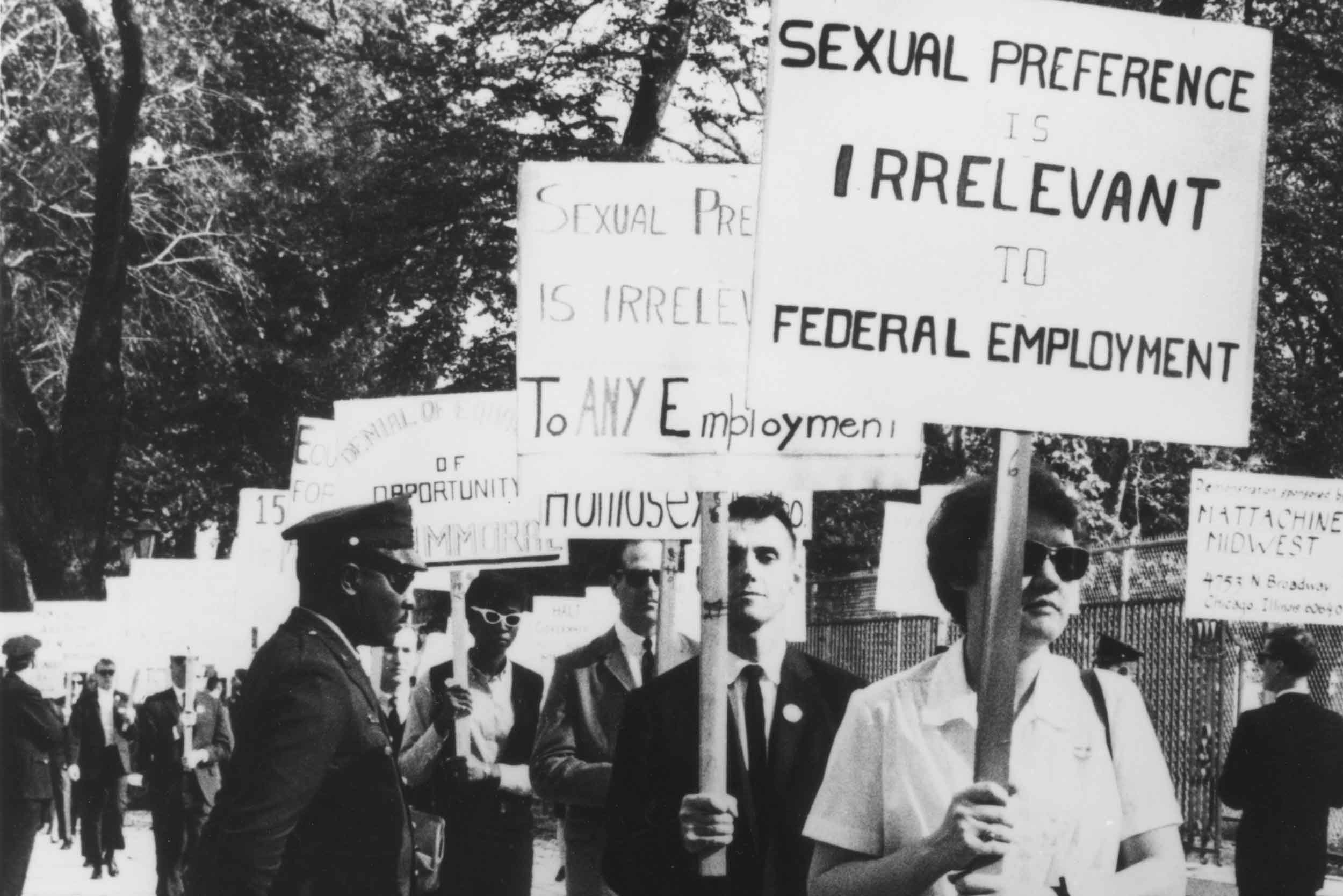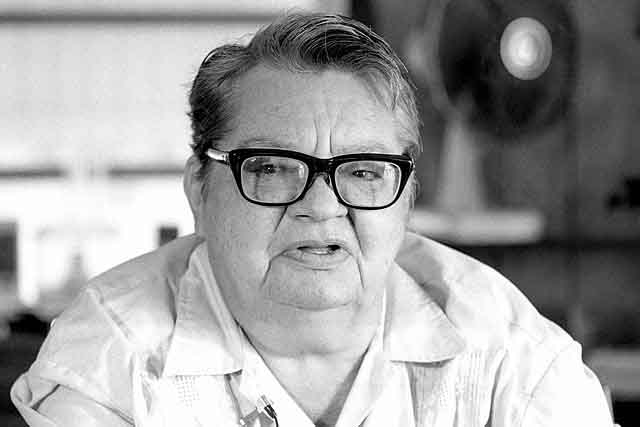Flashback Friday - One Angry (and Activist) Nurse

In nursing school, Shirley Willer learned she was a deviant. It was Chicago in the early 1940s, and Willer recalled sitting in the classroom, taking notes on a lecture about mental hygiene. The teacher explained what lesbians were and that an attraction to the same sex was contrary to natural law.
“I thought, ‘Oh gee, I’m one of those things!’” she said.
“We encouraged these kids to be themselves, to stop trying to hide it. We knew at the time that we couldn’t do much to change the laws in Chicago, but we could give these kids a sense of self-esteem.”
Shirley Willer
Born in 1922, Willer came of age when homosexuality was considered a criminal act. One evening, walking down a Chicago street in a tailored woman’s suit, she was assaulted by a police officer who didn’t like her looks.
“Just the assumption that I was gay was justification enough for one policeman to pick me up by the front of my shirt and slap me back and forth,” Willer recalled in a 1992 oral history interview with journalist Eric Marcus. “He called me names, the same ones they use now… I was so angry at the policeman I could have killed him! I wasn’t frightened; I was angry! He had no right to do that to me! And that’s been my attitude all my life. They have no right!”
Willer apparently knew how to harness that moral indignation. She became a nurse and an early, outspoken advocate for gay rights.
For most of her professional career, Willer was a registered nurse at the Albert Merritt Billings Hospital in Chicago. The death of a gay friend in 1947 pushed her into activism. Barney was a fellow nurse and World War II vet who worked on the night shift with Willer. One day, he was seriously injured in an apartment fire. “They took Barney to a Catholic hospital run by a brotherhood,” Willer said. “He was badly burnt, but didn’t receive good care because he was queer. They didn’t even change his dressings.” Willer and her friends fought to get him transferred to a veterans’ hospital, where he died a day later.


The political climate of the McCarthy era made it dangerous time to be gay, Willer said, so she did what she could on her own, providing sanctuary and support for LGBT people in Chicago. She took in young women and men who had been thrown out of their homes and had no place to go. Most were teenagers. She also helped them find work—no easy task. “A majority of these kids wouldn’t take jobs where they would be in danger of getting fired for being gay,” she said. So their prospects were limited; one young woman could only find employment as an elevator operator because she refused to wear a dress.
“We encouraged these kids to be themselves, to stop trying to hide it,” she explained. “We knew at the time that we couldn’t do much to change the laws in Chicago, but we could give these kids a sense of self-esteem.”
In the late 1950s, the homophile movement began to stir. Gays and lesbians started organizing formally to create a safe social environment for themselves and a sense of community, and to demand respect and equal rights for people regardless of sexual orientation.
Willer was in Iowa at the time, earning a master’s degree in nursing education. What was unfolding in New York City with the homophile movement led her pack up and move there in 1962. In short order, she took over leadership of the Daughters of Bilitis, the first lesbian rights group in the U.S. Throughout the mid-1960s, she travelled the country to help establish new chapters. And she continued to push for change.
She recalled a July 4, 1965 demonstration at Philadelphia’s Independence Hall. The public, she said, needed to know what a gay person looked like. “Until they saw people who said publicly that they were gay, they couldn’t know that we looked like every other human being—that we had faces, ears, and noses, that we dressed the same and had the same kinds of jobs.”
In 1973, homosexuality was finally removed from the Diagnostic and Statistical Manual of Mental Disorders by the American Psychiatric Association. Today, almost half a century later, the country continues the fight for complete equality and justice for LGBTQs under the law.
